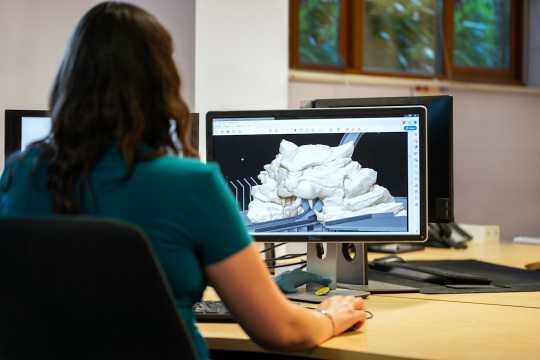Civil engineering is a branch of engineering that deals with the design, construction, and maintenance of structures such as buildings, roads, bridges, and dams. It has been around for centuries, with early civilizations such as the Romans and Egyptians utilizing civil engineering principles to create impressive structures that still stand today. However, with the rapid advancements in technology in recent years, the field of civil engineering has also seen significant changes and improvements.
Technology has had a profound impact on civil engineering, revolutionizing the way projects are designed, constructed, and maintained. One of the key ways technology has transformed civil engineering is through the use of computer-aided design (CAD) software. CAD software allows engineers to create detailed 2D and 3D models of structures, enabling them to visualize and analyze complex designs before they are built. This has helped to streamline the design process, reduce errors, and improve efficiency in project delivery.
In addition to CAD software, other technologies such as building information modeling (BIM) and geographic information systems (GIS) have also become essential tools for civil engineers. BIM allows engineers to create intelligent 3D models of buildings and infrastructure projects, which can be used for planning, designing, and managing construction projects. GIS, on the other hand, enables engineers to analyze and visualize spatial data, such as land use patterns and environmental factors, which can help inform decision-making in the design and construction process.
Another area where technology has had a significant impact on civil engineering is in the construction phase of projects. The use of advanced construction technologies, such as robotics, drones, and 3D printing, has helped to improve efficiency, reduce costs, and enhance safety on construction sites. For example, drones can be used to survey construction sites, monitor progress, and identify potential issues, while robotics can be used to automate repetitive tasks and improve accuracy in construction processes.
The intersection of technology and civil engineering has also led to the development of innovative materials and construction techniques that have improved the durability and sustainability of structures. For example, the use of high-performance concrete, fiber-reinforced polymers, and self-healing materials has helped to extend the lifespan of structures and reduce maintenance costs. In addition, advancements in sustainable construction practices, such as green building design and renewable energy systems, have helped to minimize the environmental impact of civil engineering projects.
One of the most exciting developments in civil engineering technology is the emergence of smart infrastructure systems. Smart infrastructure systems utilize sensors, data analytics, and communication technologies to monitor and control the performance of infrastructure assets, such as bridges, roads, and buildings. These systems can provide real-time data on the condition of infrastructure, predict potential failures, and optimize maintenance schedules, leading to improved safety and efficiency in infrastructure management.
The integration of technology into civil engineering has also opened up new opportunities for collaboration and communication among engineers, contractors, and other stakeholders involved in infrastructure projects. Virtual reality (VR) and augmented reality (AR) technologies, for example, allow engineers to experience and interact with 3D models of structures in a virtual environment, enabling better communication and coordination among project teams. Cloud-based collaboration tools, such as project management software and file-sharing platforms, have also made it easier for engineers to work together remotely and share project information in real-time.
In conclusion, the intersection of technology and civil engineering has brought about significant advancements and improvements in the field. From design and construction to maintenance and management, technology has transformed the way civil engineers approach and execute infrastructure projects. As technology continues to evolve, the opportunities for innovation and collaboration in civil engineering will only continue to grow. It is an exciting time to be a civil engineer, as the possibilities for creating smarter, more sustainable, and more resilient infrastructure are endless.


